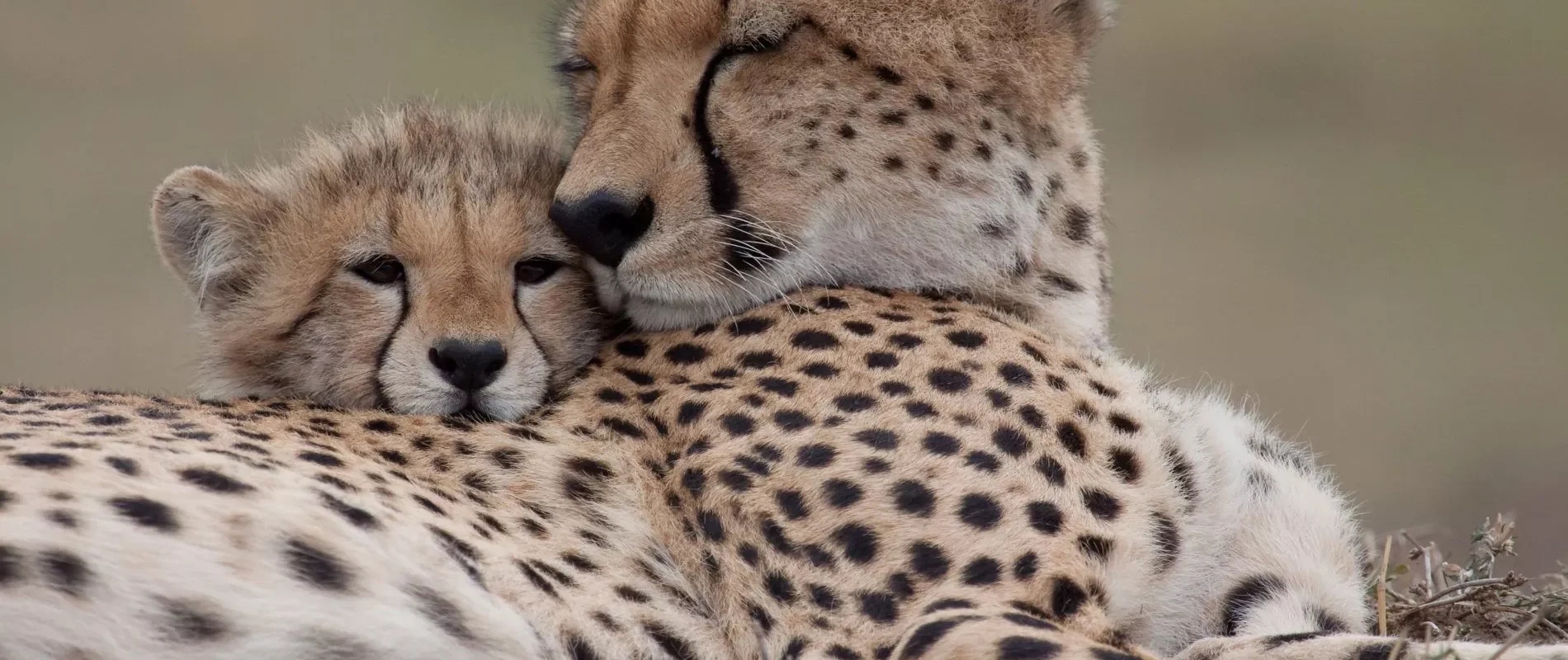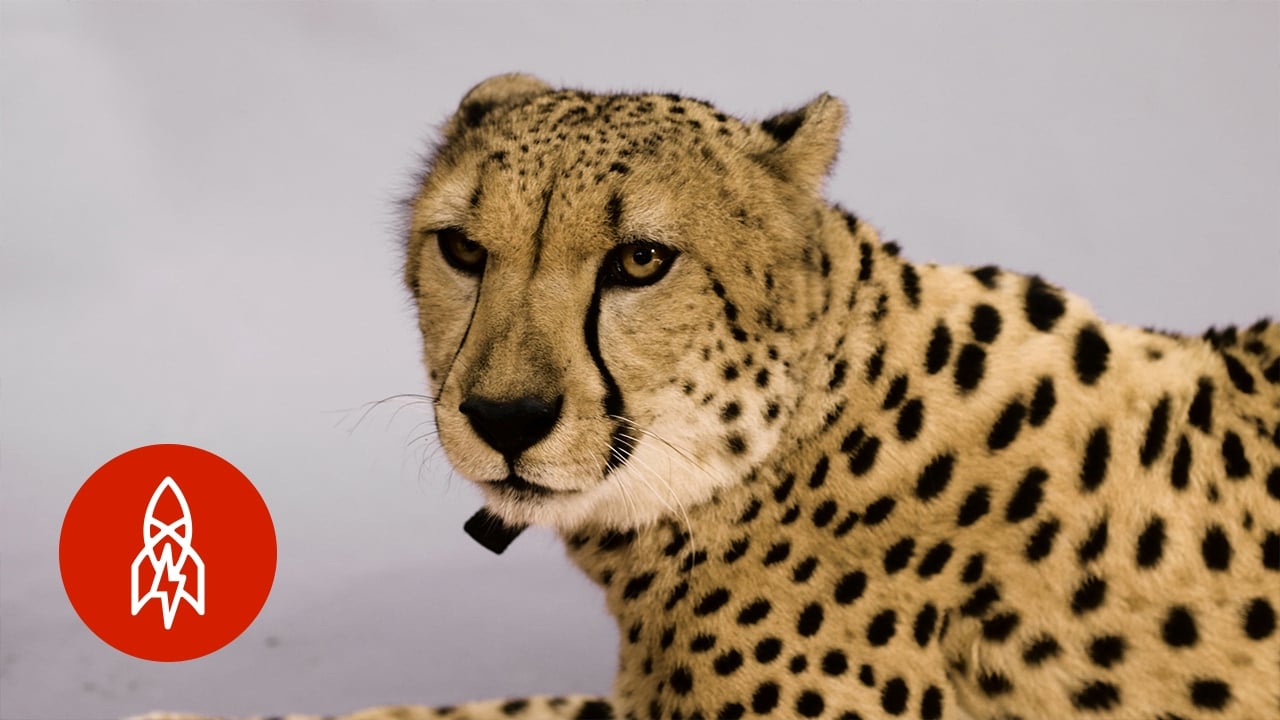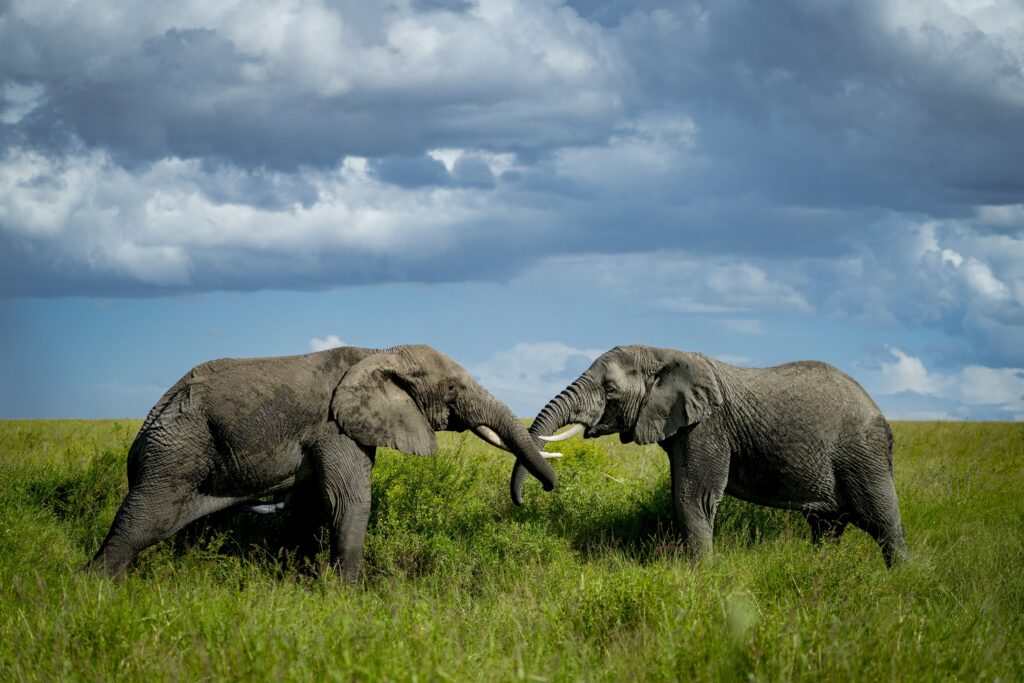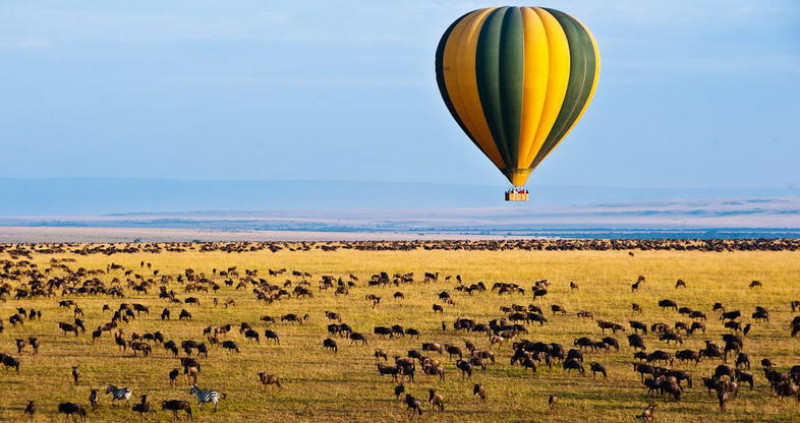
19 December 2022
The cheetah is an incredible species of big cat and is known as the fastest land mammal on Earth.
In Tanzania, there is a subspecies of cheetah named the East African cheetah that lives in the country’s grasslands and savannahs.
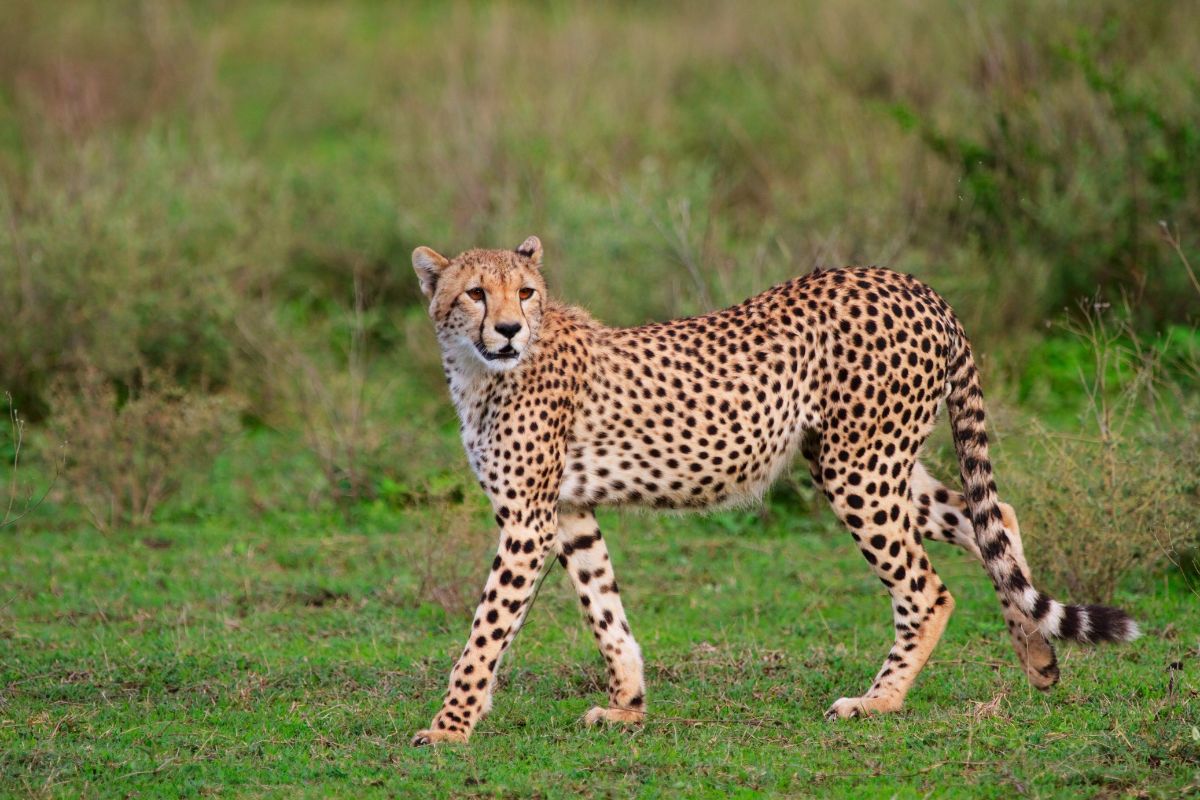
In this article, we’ll tell you everything you need to know about the East African cheetah, including its habitat, the threats to its survival, and what conservation efforts are being put in place to protect it.
Physical Characteristics
East African cheetahs weigh between 69.9 and 74.8 kilograms (154 and 165 pounds) and have a head-and-body length of about 1.1 to 1.4 meters (3.6 to 4.5 feet). Typically, males are larger than females.
Tanzania’s East African cheetahs are somewhat longer but lighter. They can weigh between 49.9 and 59 kilograms (110 and 130 pounds) and be 2 to 2.2 meters (6.6 to 7.2 feet) long.
East African cheetahs have a white-yellowish to tannish coat. Typically, their fur is shorter and thinner, while some may have thick, coarse fur on their bellies.
Except for its white underbelly, it has several circular black dots, some of which can be seen on the chest and neck. The spots blend together toward the tip of the tail to produce four to fourteen dark rings and a white tuft.
Its tear scars extend from the corners of its eyes to its mouth, which helps to diffuse the sunlight’s glare on its comparatively large, thick eyes.
Habitat of the East African Cheetah
Cheetahs are primarily found in the scrub forests, grasslands, savannahs, open fields, steppes, and desert environments of East Africa, where they can find prey that is suited for them to use as their primary hunting grounds.
A few are also found in mountain ranges, coastal regions, and lakeshores.
The majority of the cheetah’s range lies between northern Tanzania and southern Kenya.
Hunting And Diet
East African cheetahs are mainly active during the day, making them one of the few apex predators in Africa to hunt during the day instead of nocturnally.
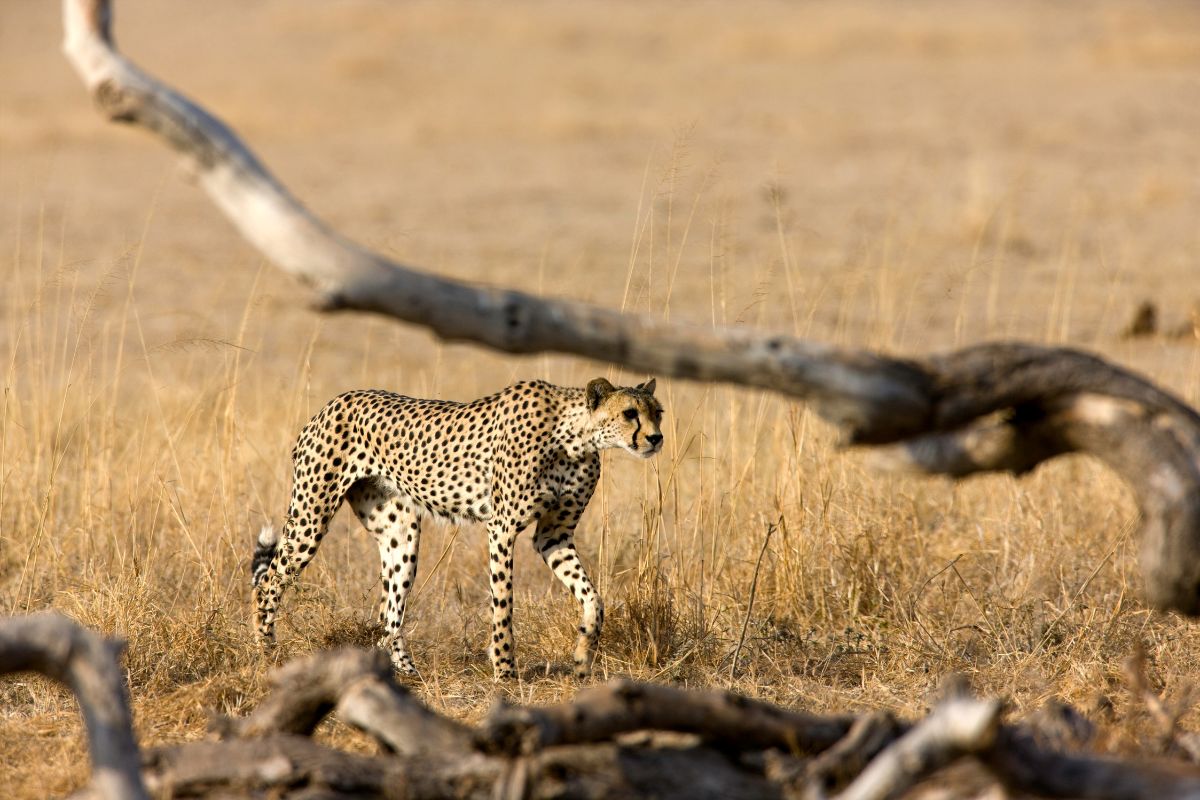
It usually eats medium-sized or large mammalian herbivores, such as antelopes, impala, gazelles, wildebeest, and guinea fowl.
Threats To Survival
The poaching, habitat loss, and fragmentation taking place are the main factors that contribute to the cheetah’s endangerment.
Infectious disease affects cheetahs in the Serengeti and the Masai Mara, but it doesn’t pose a serious threat to the free-roaming cheetahs in East Africa.
Conservation of the East African Cheetah
Despite the cheetah’s many reserves and national parks, its population is still declining.
The Mara-Meru Cheetah Project, the Serengeti Cheetah Project, Action for Cheetahs in Kenya, and the Tanzania Cheetah Conservation Program are just a few of the conservation initiatives being undertaken to prevent the extinction of the cheetah.
In Conclusion
The East African cheetah is a beautiful mammal that can be found roaming the incredible landscape of Tanzania and other eastern and southern parts of Africa.
While it is an endangered species, many efforts are being made to protect this incredible creature.
